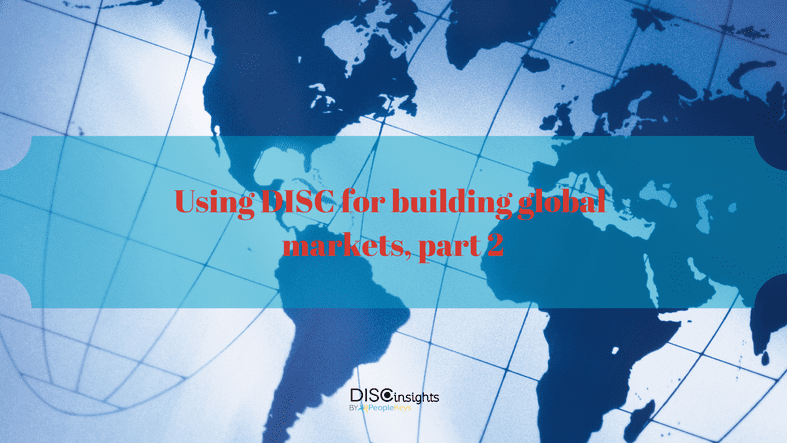
European Union Considers Sweeping Changes to Mobile Landscape
Previously Published to TMC Net’s Mobility TechZone
Earlier this week, the ITIF, Information Technology and Innovative Foundation, released an analysis of the European Union. It asked if the EU could benefit from streamlining mobile carriers and practices, reflecting the efforts of the United States.
Calling for bold reforms from policymakers in manifesting a single EU-wide market for mobile communications, the organization criticizes current mobile practices, as simply being “half measures” taken to evolve the current status of mobile industry. The European Commission, however, appears willing to take these leaps of faith, based on the promising mobile digital landscape and what it has to offer the economy in terms of growth, productivity and progress.
With 28 national mobile markets in the EU, there is less room for growth, however. There are literally hundreds of regional carriers adding to the problem, as well. Centrally, there is less control over markets that have three or more national carriers, contributing to the overall saturation and competitive landscape. This has led to rising monthly costs and roaming fees.
Scaling the overall market to at maximum of six carriers is advised in reducing costs per subscriber and unnecessary roaming charges. This will also provide more value to the regional carriers, who will then be allowed to expand and evolve mobile technologies – including the potential expansions of 5G networks, set to hit the EU in the near future. Merging of telecommunications companies, licensure and even auctioned acquisition by major mobile carriers are being proposed as solutions to leading the mobile markets to successful transition into a new age in mobile.
As of 2015, only 17 percent of Europe accesses 4G and LTE networks, whereas the United States proves to have over half of the population connected with one or more devices at all times. Americans are said to use five times the amount of talk time, as compared to Europeans, while downloads over 4G networks are only doubling that of Europe. It is clear that subscribers are limiting voice minutes, while eagerly consuming data.
For those unfamiliar with the geography of Europe, each country is about the same size as one state in the US. This means that, not only are markets saturated, but signals are also spilling into the airwaves of other countries – and yet, they are missing rural areas in their own. This is also a factor in adoption, because international policies on mobile and data networks aren’t necessarily attuned to the evolving technologies and rapid growth in mobile consumption.
Collaboration amongst governing agencies would allow cross-territorial connection of mobile networks, allowing for faster, more reliable speeds at wholesale prices. The need for roaming would be eliminated in some cases.
Simple, unified regulations would also encourage mobile evolution and grow the mobile industry potential within the EU, whereas new revenue streams would be made available for the continent, keeping the EU in the competitive markets for technology consumption and innovation, altogether. Lifting bans on certain practices would also shift possibilities, leading to additional innovations, connectivity and investments necessary for upgrades in wireless systems in countries with poor service and limited options.
As the report explains, borders are artificial. The question here is: “If borders are actually overlapping, why aren’t they being connected to prove as a stronger, more efficient network to benefit the continent, the people, the economy and commerce?” It should make you wonder why they haven’t standardized the mobile industry years ago. After all, it has been almost 20 years since the average household began to prefer texting over talking on the phone – and almost 15 years since people have been relying on mobile technologies for Internet access on the go.
Perhaps the EU is feeling pressure from the rest of the world, as mobile technologies are becoming the centerpiece of our lives when connecting to the outside world. Mobile commerce and productivity has become a stronghold in the average business model. Without a plan of action and a failing global economy, it necessary to catch up.
Through globalization, there is a need always be connected. Hindering the potential of the globalization on the European continent would leave them far behind the rest of the world. In fact, implementing new structure to the current mobile landscape may create new economies and be the solution to the current economic crisis. After all, according to a last month’s survey by Cigna and the National Foreign Council, global mobility is essentially shaping the economic arena and capabilities within the new world.


